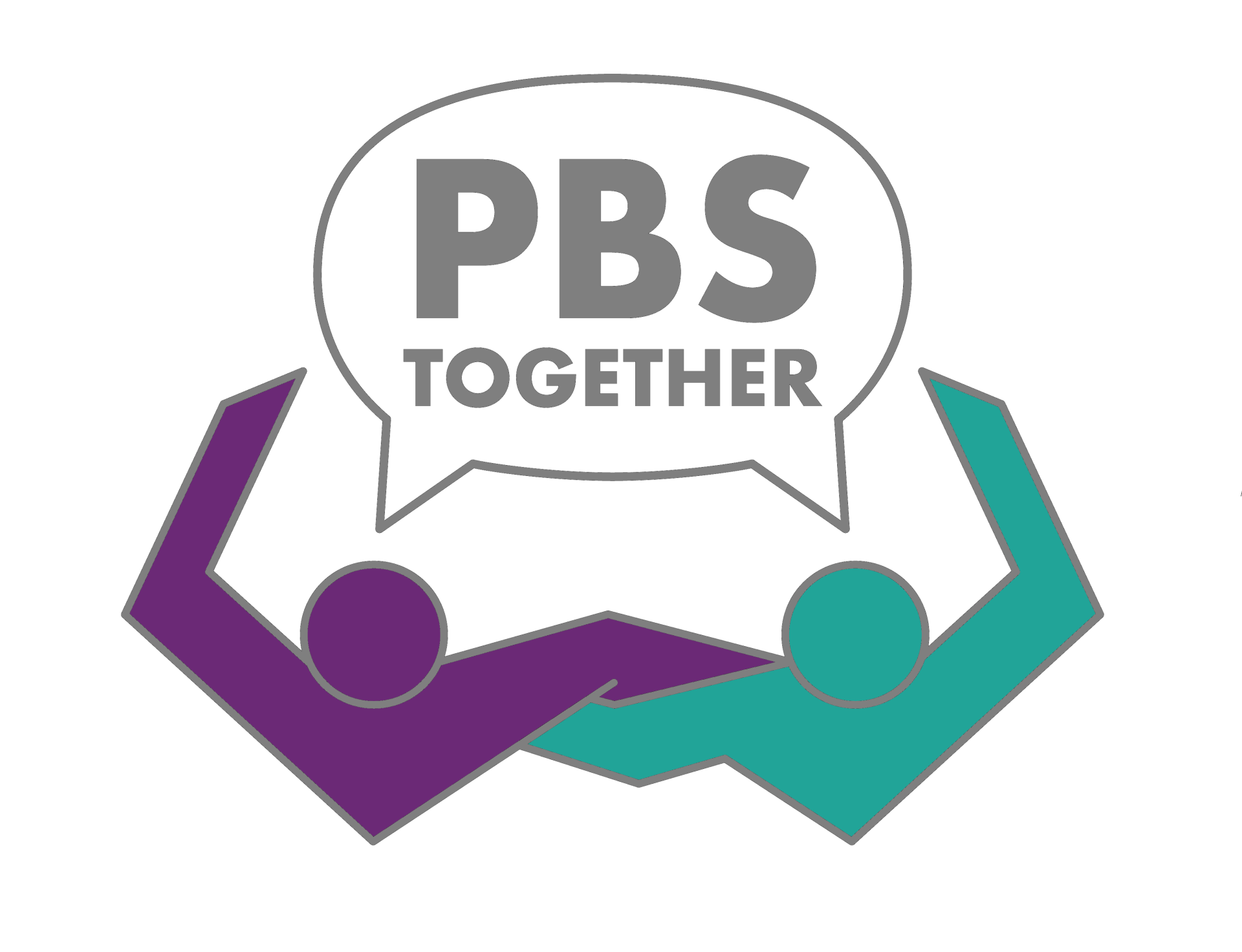Since the 1970s, the importance of social validity has been widely discussed in Behaviour Analysis interventions (Wolf, 1978). This discussion arose from the observation that in publications like the Journal of Applied Behavior Analysis (JABA), there was an excessive focus on the effectiveness of procedures, neglecting how participants, families, and communities perceived the objectives, procedures, and results of these interventions.
Can an intervention that changes behaviour frequency be considered successful if those affected do not see value in the work or its outcomes?
Carr et al. (1999) reviewed JABA publications from 1968 to 1998, finding that only 13% of applied research included some measure of social validity. Ferguson et al. (2019) examined publications from 1999 to 2016, revealing that only 12% of articles contained social validity measures. These findings indicate that, despite the literature acknowledging its importance since the late 1970s, social validity had yet to be fully incorporated as a standard procedure in the field.
Carr et al. (1999) reviewed JABA publications from 1968 to 1998, finding that only 13% of applied research included some measure of social validity. Ferguson et al. (2019) examined publications from 1999 to 2016, revealing that only 12% of articles contained social validity measures. These findings indicate that, despite the literature acknowledging its importance since the late 1970s, social validity had yet to be fully incorporated as a standard procedure in the field.
Recently, a study published in JABA by researchers from Monash University (Leif, Kelenc-Gasior, Bloomfield, Furlonger & Fox, 2024) identified that between 2010 and 2020, the proportion of studies published in JABA with social validity measures increased to 18.14%, and in 2020 alone, this number rose to 32.10%.
This recent progress demonstrates a stronger commitment to considering and respecting the perspectives of participants and families regarding the goals, procedures, and outcomes of behavioural interventions. While there is still room for improvement, this advancement is worth celebrating!
The published article also includes descriptions of the most commonly used methods to collect social validity information, along with practical examples to guide practitioners. It’s definitely worth checking out!
Reference:
Leif, E. S., Kelenc-Gasior, N., Bloomfield, B. S., Furlonger, B., & Fox, R. A. (2024). A systematic review of social-validity assessments in the Journal of Applied Behavior Analysis: 2010–2020. Journal of Applied Behavior Analysis, 57(3), 542–559. https://doi.org/10.1002/jaba.1092
